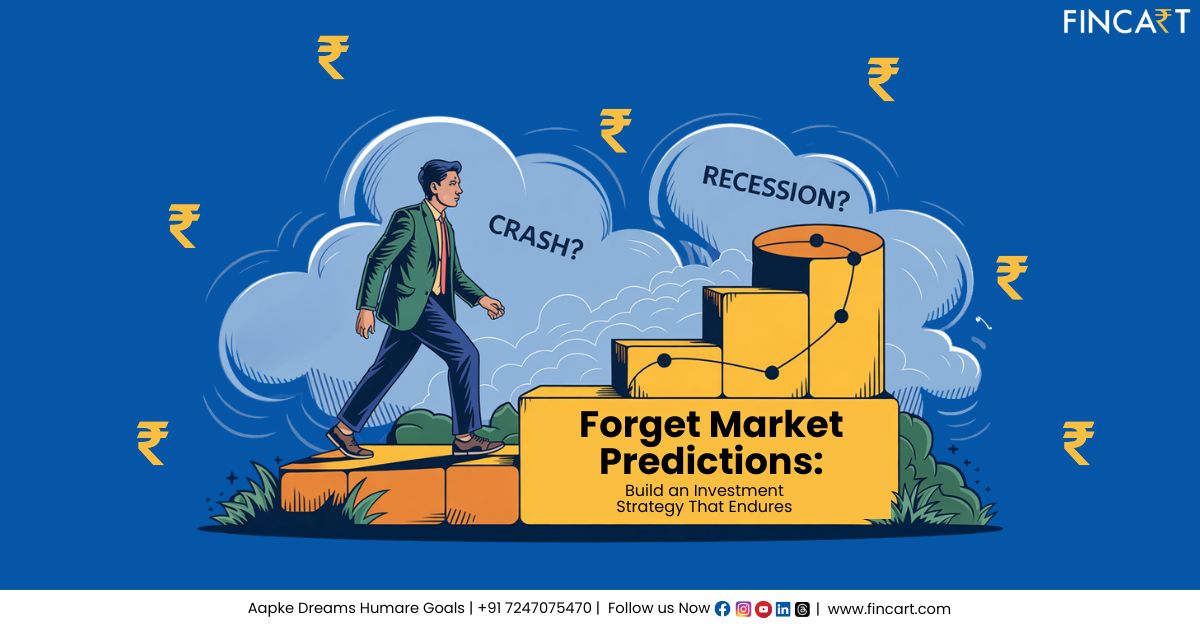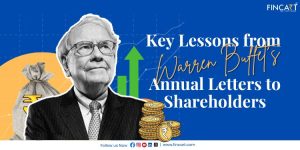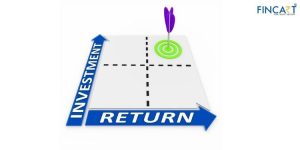Markets are supposed to reward logic, data, and discipline. But if you’ve been paying attention lately, you’ll know that’s not always the case. Stocks and gold rising together, interest rates up but currencies down, expert opinions contradicting each other—this isn’t just noise, it’s confusion on a global scale.
If you’re wondering, “Should I invest now or wait for the fall?” or “Why does every prediction seem wrong?”—you’re not alone. In today’s environment, even the most seasoned investors are unsure what comes next.
Here’s the truth: You can’t predict the market. But you can prepare for it.
It’s time to shift focus from forecasting to building a strategy that actually works—especially when the market doesn’t.
The Myth of Predictability
It’s easy to fall into the trap of thinking that someone—some expert, model, or breaking news—has cracked the code to predict the market. That if you just follow the right chart, tip, or economic forecast, you’ll know what move to make next.
But the truth is: markets don’t follow scripts. They evolve, surprise, and often defy logic.
Consider some recent examples:
- 2020: A prolonged recession was predicted due to the pandemic. Markets soared instead.
- 2022: Tech was expected to rebound strongly post-COVID. It crashed.
- 2024–25: Gold, stocks, and bonds all rallied simultaneously—a combination that breaks decades of traditional economic logic.
So, what’s going on?
The market today is not just driven by earnings or interest rates. It’s a complex, adaptive system, influenced by:
- Investor sentiment and behavioural patterns
- Geopolitical tensions and global uncertainty
- AI-powered trading models
- Viral social media narratives
Put simply: forecasting the market consistently is nearly impossible. And chasing predictions often leads to more stress, not better results.
The Emotional Trap Investors Fall Into
When markets get unpredictable, emotions tend to overpower logic. Even seasoned investors can fall into patterns of behaviour that, while understandable, often lead to poor outcomes.
Here are some of the most common traps:
- Chasing trends: When a particular stock, sector, or asset class starts gaining, many investors jump in late—buying at inflated prices out of FOMO (Fear of Missing Out).
- Freezing with fear: Some do the opposite—retreating into cash, waiting for the “perfect” entry point that never seems to come.
- Overreacting to news: Headlines and breaking news create panic, leading to impulsive changes in portfolios that are often unnecessary.
- Jumping from one expert to another: Investors often look for a “voice of certainty” when markets are volatile, but conflicting opinions can deepen confusion.
This constant emotional rollercoaster doesn’t just impact returns—it chips away at something more crucial: your confidence. When you stop trusting your own judgement, investing becomes a cycle of second-guessing, anxiety, and missed opportunities.
So, what’s the way out?
You need a shift in mindset—from reacting to every market twitch to building a resilient, rules-based strategy. One that doesn’t promise perfect timing, but promises peace of mind. And that begins by focusing on what you can control.
Focus on What You Can Control
If predictions don’t work, what does? Surprisingly, it’s the boring, repeatable stuff that gets real results. Things like:
1. Your Asset Allocation
How you divide your money between equity, debt, gold, and other assets accounts for nearly 90% of your portfolio’s behaviour. You can’t control market returns. But you can choose the mix that fits your goals, risk appetite, and time horizon.
Example: A 35-year-old investor with long-term goals might have 70% in equity, 20% in debt, and 10% in gold. A retiree may flip that entirely.
2. Your Costs and Taxes
Lowering expense ratios, avoiding frequent trades, and using tax-saving instruments can add up to meaningful gains over time. While market returns fluctuate, fees are forever.
3. Your Behaviour
Perhaps the most underrated factor. Staying invested during drawdowns, avoiding panic-selling, and not chasing fads are behaviours that build real wealth.
Accept That Volatility Is Normal
Many investors confuse volatility with risk. But in reality, short-term market swings aren’t the real threat—how you respond to them is.
Markets go through cycles. Corrections are part of the journey, not the end of it. The key is to stay invested and avoid emotional decisions during turbulent times.
Here’s what history shows us:
- Market corrections are common: Between 2000 and 2020, the Indian stock market corrected more than 15% on over 10 occasions.
- Long-term returns are resilient: Despite the short-term dips, patient investors saw healthy CAGR returns over the long haul.
- Emotional decisions hurt more than volatility: Panic-selling during a downturn often locks in losses and misses the eventual recovery.
So the next time markets fall or headlines scream uncertainty, remind yourself:
Volatility is not a flaw in the system—it’s the entry fee for long-term growth.
Instead of fearing it, build a plan that can absorb it. That’s how real wealth is created.
Stick to a Plan, Not Predictions
Trying to guess where the market is headed next is a losing game—even for professionals. What works better, consistently, is having a financial plan that’s built to endure uncertainty and volatility.
A strong plan doesn’t rely on predictions. It relies on preparation. Here’s what it should include:
- Clear goals: Know what you’re investing for—whether it’s retirement, your child’s education, or buying a home.
- Defined timelines: Understand how long you can stay invested before you’ll need to use the money.
- Return expectations: Be realistic. Expect average, not extraordinary, and avoid chasing performance.
- Contingency funds: Keep a separate emergency fund, so your investments aren’t derailed by short-term needs.
When you have a plan that reflects your life—not the market’s mood—you stop reacting to headlines.
Instead of asking, “What should I do now?” you focus on “Am I still on track?”
That’s the real power of planning—it brings clarity when the market brings chaos.
Rebalance, Don’t React
When markets move sharply, your portfolio gets out of balance. Equity may shoot up while debt lags. Or vice versa.
Here’s what most people do:
React emotionally—either by pumping in more money or pulling out entirely.
Here’s what smart investors do:
Rebalance. That means selling a bit of what’s grown too much and adding to what’s lagged—bringing your portfolio back to your original allocation.
Why it works: You’re automatically “buying low and selling high” without second-guessing the market.
Set a calendar—quarterly or annually—to review and rebalance. Let logic, not news, drive your actions.
What Makes Fincart Different
At Fincart, we understand that the biggest barrier to successful investing isn’t the market—it’s investor anxiety, confusion, and indecision. That’s why our approach is designed to eliminate noise and bring clarity.
Personalised Financial Planning
We don’t give blanket advice. We tailor investment strategies to your life goals, income, risk profile, and timelines.
Goal-Based Investing
You don’t invest in “markets.” You invest for outcomes—education, travel, security. Our investment advisory services connects every rupee to a real-life goal.
Human + Digital Advisory
You get the best of both worlds: powerful digital tools to simplify your journey and qualified advisors to guide you through market cycles.
Continuous Monitoring & Rebalancing
Your plan doesn’t end with investment. We track progress, suggest changes, and help rebalance when needed—so you stay on course.
Bottom line: We don’t just help you invest. We help you invest with confidence—even when the market feels like chaos.
Conclusion: Strategy Over Speculation
Let’s be honest. Nobody—no expert, no model, no AI—can reliably predict the next market move. But that’s not a reason to be fearful. It’s a reason to be intentional.
Instead of chasing predictions:
- Focus on what you can control.
- Stick to your plan.
- Embrace volatility.
- Trust the process, not the headlines.
Because markets will always be unpredictable. But your investment strategy shouldn’t be.




